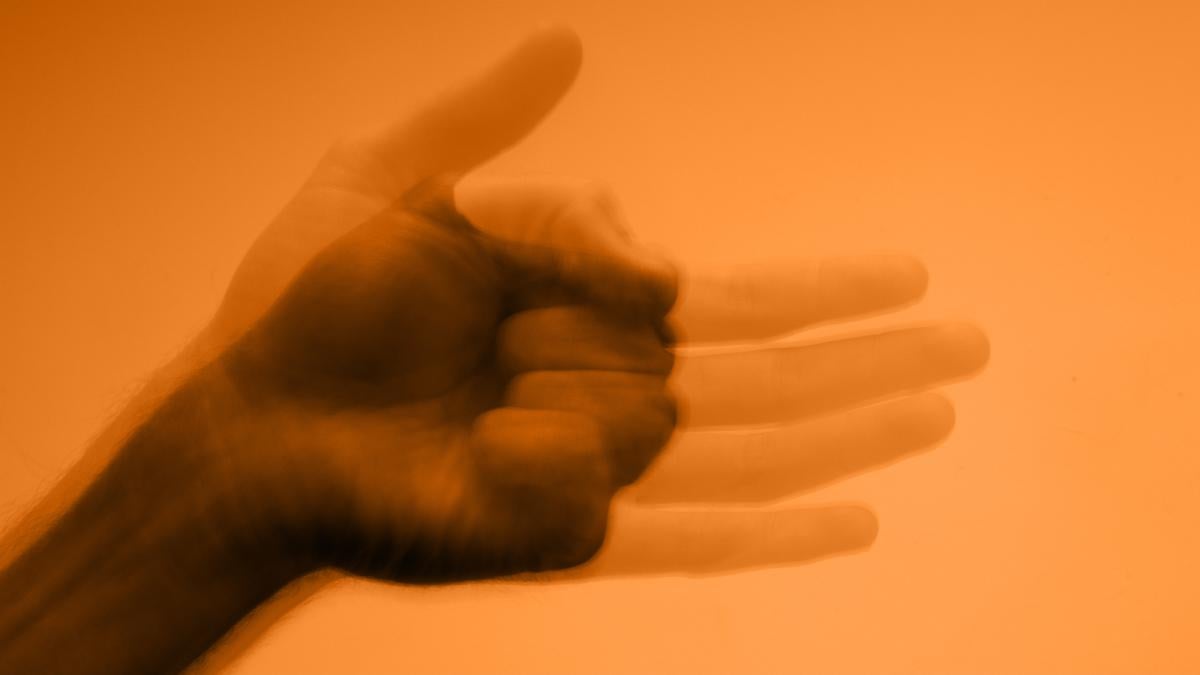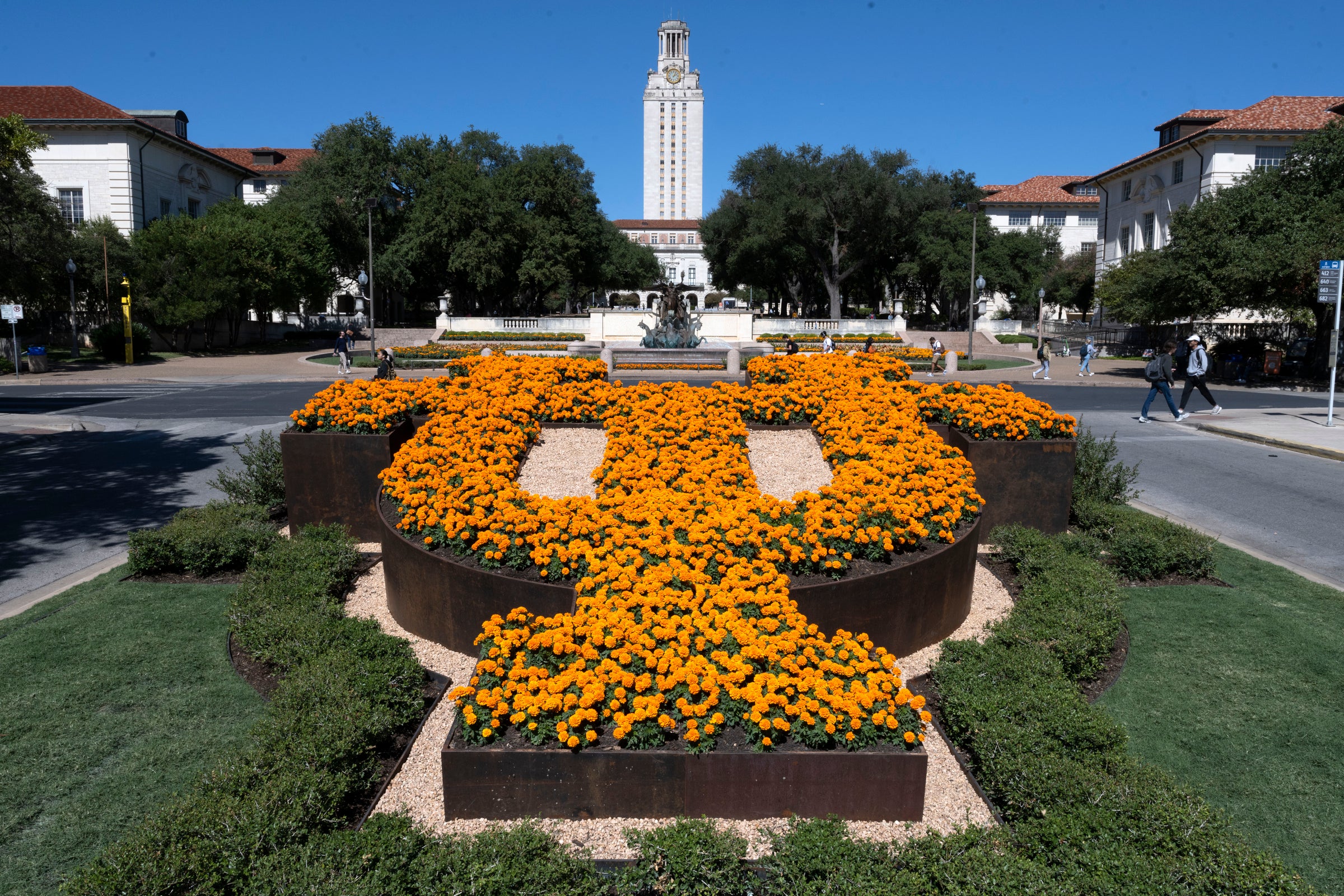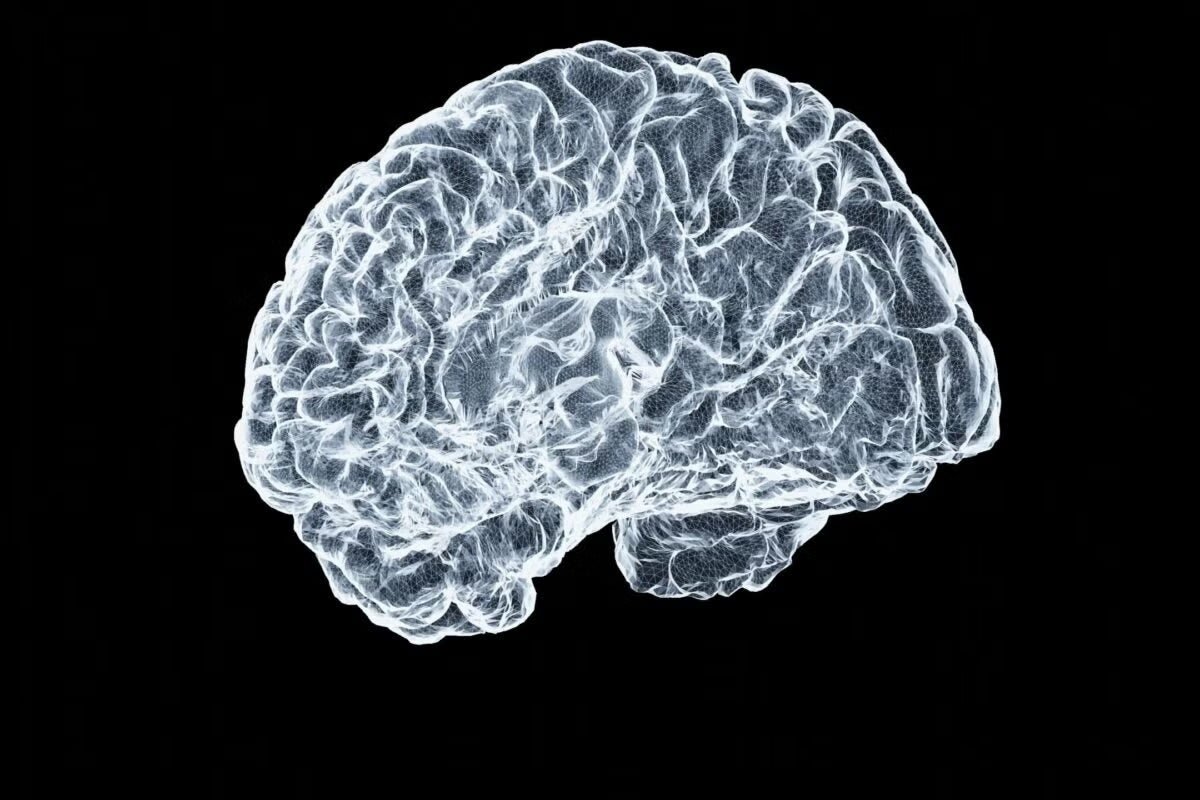Keeps Us on Our Toes
Michael Mauk is working on a "digital cerebellum" that mimics the part of the brain that helps us keep from falling. It could help make robots more stable, as well as humans with neurodegenerative diseases.

Worried that smart robots are taking over the world? You'll be relieved to know they still have a long way to go. That is unless you're an artificial intelligence researcher like Peter Stone. One big challenge facing robots that walk and run is that they fall over a lot.
Take for example the annual RoboCup competition in which small human-like robots play soccer. Even with the best minds in computer science behind them, they're about as graceful as toddlers (see video). Now neuroscientist Michael Mauk thinks he has a solution. It could put robots one step closer to the ultimate goal of AI researchers: to build robots capable of beating human soccer champs.
We recently featured the work of Michael Mauk and four other neuroscientists in our annual Texas Scientist magazine. These scientists are searching for better treatments for epilepsy and Alzheimer's, exploring how we make memories and learn new things, and revealing how wisdom emerges.
TRANSCRIPT
Marc Airhart: This is Point of Discovery. I'm your host and producer Marc Airhart.
Computers. First they beat us in chess. Then they beat us on Jeopardy. Next they trounced us in the hardest board game of them all – called Go. Now – packaged up inside robots that can run around and kick -- just like you and me -- they're gunning for us in sports. Here's University of Texas at Austin computer scientist Peter Stone at a TEDx conference describing one of the next big goals in artificial intelligence.
Peter Stone: And that's by the year 2050 to create a team of robots that can beat the World Cup champions on a real soccer field.
MA: But don't worry. The best soccer-playing robots of today are probably worse than toddlers. They're slow and easily distracted. But their biggest weakness is that they have a hard time standing up. Michael Mauk is a neuroscientist at the University of Texas at Austin. He recalls the first time he saw a team of robots, programmed by the top computer scientist you just heard from, playing a German team …
Michael Mauk: And I just said, 'Wow, you know, they fall over a lot.'
MA: Picture white plastic human-like robots, about the size of toddlers: 2 feet tall. Teams from all over the world compete in the annual RoboCup competition. The UT Austin team – called Austin Villa – has been a strong competitor for years and even won the 2012 championship.
These robots get a little better every year – but don't worry – they're still like wobbly one-year-olds.
MM: And I told Peter, 'You know, we don't fall over because we have a cerebellum.' And we laughed and we talked back and forth for a few years. But then maybe four or five years later we both came together again and said, 'Well, that was a joke, but I think there was something to it.'
MA: The cerebellum is the part of our brain that handles motor memory. It's constantly helping us move our bodies in precise ways that we aren't even aware of.
MM: You don't think about walking or not falling over when you step on an escalator: your cerebellum is just doing that for you.
MA: Since the early 1990s, Mauk the neuroscientist has been building increasingly sophisticated computer simulations of the cerebellum. Inspired by the simulations, he and Stone are developing a computer cerebellum for the robots that can make them good at predicting when they are likely to fall and in which direction.
MM: If your body knew, could always predict, I'm about to fall to the right, then it can do something to compensate ...
MA: Mauk has already developed a digital cerebellum that can simulate this fall prediction that HUMAN brains do – and many other behaviors. But here's the catch: it simulates millions of brain cells and requires a supercomputer to run in real time. To work in a soccer-playing robot, he'll have to develop a version of his digital cerebellum that can fit on a small robot's built-in storage, stripping down this complex behavior to work with the equivalent of just a few hundred brain cells.
MM: So we think that you know, maybe in a couple of years his robots can run faster, turn sharper, kick and do all these and not fall down nearly as much as their competitors, right?
MA: Mauk is already looking beyond soccer robots and thinking about ways his work can help people who are paralyzed. Futurists have long dreamed of exoskeletons that could augment human abilities, to the point of completely taking over basic movement such as walking.
MM: So my dream is that in 15 years, a paralyzed person could be fitted with an exoskeleton and part of the control system—for when they think, 'I want to walk over there,' and the exoskeleton just does it—would involve a computer cerebellum to make sure they do it right and don't fall down.
MA: As for Peter Stone, at least in the sport of soccer, he's betting on the robots in the long run.
Peter Stone: The robots aren't there yet. It's still the case that a bunch of middle-aged professors can beat the robots. [laughs] But we're still working towards the goal. I will be too old to be on the field myself in 2050 when the robots play people. But I hope to be in the audience, I hope you will be too, and I know I for one will be cheering for the robots. Thank you. [applause]
MA: To watch a video of UT Austin's soccer-playing robots, visit pointofdiscovery.org.
MA: Point of Discovery is a production of the University of Texas at Austin's College of Natural Sciences. Christine Sinatra is our senior editor. I'm your host and producer, Marc Airhart. Thanks for listening.



